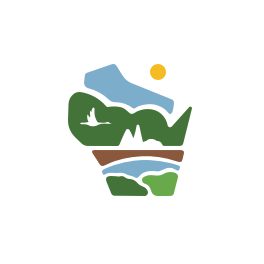Cherish Wisconsin Outdoors Fund
Invest in the special places in Wisconsin you cherish most.
The Cherish Wisconsin Outdoors Fund is a public-private partnership between the Natural Resources Foundation of Wisconsin and the Wisconsin Department of Natural Resources. Founded in 2012, this fund helps create permanent support for the care and management of lands and waters loved by hikers, birders, hunters, and anglers alike.
This endowment provides a permanent source of funding to care for Wisconsin’s public lands for generations to come. The Fund was established to protect, restore, and improve habitat for Wisconsin’s plants and animals. It is also an opportunity for citizens to invest in the public lands and waters where they recreate.
The Cherish Fund is built through voluntary contributions from citizens when they purchase their hunting and fishing licenses or make a donation directly to the Fund.
Your donation to the Cherish Wisconsin Outdoors Fund ensures the future for Wisconsin’s public lands and waters. This fund guarantees that your children and grandchildren have the opportunity to hunt, fish, bike, bird, and enjoy Wisconsin’s 1.5 million acres of publicly owned lands and waters.
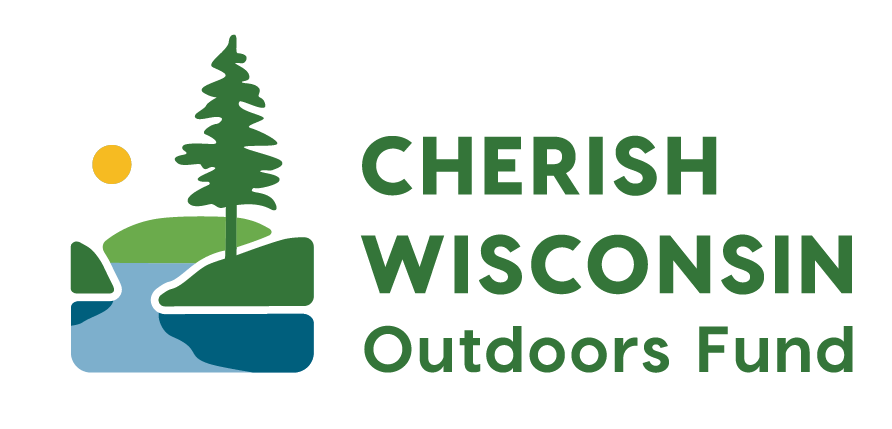
About the fund
The Cherish Wisconsin Outdoors Fund provides permanent support for habitat management and ecological restoration on Wisconsin’s state-managed public lands, including natural areas, parks, trails, wildlife and fishery areas, recreation areas, and forests.
As a permanent endowment fund, the Cherish Fund will exist in perpetuity to support our state’s 1.5 million acres of publicly owned forests, savannas, grasslands, wetlands, streams, and lakes.
The Cherish Wisconsin Outdoors Fund is a public-private partnership created through unanimous and bipartisan legislation signed into law in March 2012. The law enables the DNR to request over-the-counter voluntary contributions from the four million citizens who purchase annual services (e.g., hunting licenses). The Fund is held and managed by the Natural Resources Foundation of Wisconsin, an independent 501(c)(3) nonprofit organization.
Donations to the Cherish Fund are made voluntarily by hunting and fishing license buyers using the Go Wild system, and by making donations via the Natural Resources Foundation of Wisconsin or at wisconservation.org/cherish.
Grants from the Cherish Fund support projects by disbursing the interest earned on the investment – for every $1 million in the endowment approximately $45,000 will be granted out for habitat management and ecological restoration projects on public lands in Wisconsin. DNR property managers are eligible to apply to the Cherish Fund, and should contact Anne Reis with any questions about the application process: Anne.Reis@wisconsin.gov.
The Cherish Wisconsin Outdoors Fund is fortified by investments from citizens like you. Every dollar you donate to Cherish is protected forever in the endowment fund, and the interest earned on your dollar is invested back into the lands you love here in Wisconsin, ensuring that the 1.5 million acres of publicly-owned forests, savannas, grasslands, wetlands, streams, and lakes are cared for – today and for generations to come.
Impact on the ground
The Cherish Wisconsin Outdoors Fund supports habitat management and ecological restoration projects on state-owned or managed lands in Wisconsin, including state natural areas, parks, trails, wildlife and fisheries areas, recreation areas, and forests.
Projects are proposed by the Wisconsin Department of Natural Resources and a grant review committee of stakeholders reviews and ranks the projects. The final distributions are approved by the Natural Resources Foundation of Wisconsin’s board of directors.
2024: High Cliff State Park
Calumet County, $8,000
Grant funds will remove invasive species on a 30-acre restored prairie where autumn olive and buckthorn have been crowding out native prairie plants. The park is open to a wide variety of outdoor recreation activities, from hunting to hiking, and is also home to the federally endangered rusty patched bumblebee, the state threatened yellow bumblebee and many species in decline, such as native bats and migratory birds.
2024: Lodi Marsh Wildlife Area
Dane County, $21,000
Grant funds will improve prairie remnants by removing invasive brush. This will ultimately allow the prairie to expand and connect two different prairie areas, increasing pollinator habitat. The site’s prairie and oak savanna/woodland are used by many Species of Greatest Conservation Need and utilized by people for hunting, fishing, paddling and birding. It is also a very popular segment of the Ice Age Trail.
2024: Spread Eagle Barrens State Natural Area
Florence County, $25,260
Grant funds will remove invasive species, especially woody shrubs that are encroaching on globally significant bracken grassland and barrens habitat. This will help restore open areas and clear the way for prescribed burning, improving habitat for both rare species and wild game. Spread Eagle Barrens is a popular destination for hunting, fishing, hiking, bird watching, berry picking, snowshoeing, skiing and snowmobiling.
2024: Sauk Prairie State Recreation Area
Sauk County, $10,000
Grant funds will increase the grassland habitat by removing the thick shrubby border at the edges of the prairie, creating more connection with the large neighboring restored prairie stewarded by the Ho-Chunk Nation. The site is an Important Bird Area, with rare species such as Henslow’s sparrow, whip-poor-will, bobolink, and Bell’s vireo, popular for birdwatching, hunting, trapping and hiking.
2024: Northern Highland-American Legion State Forest
Vilas County, $15,000
Grant funds will be used to mow brush, apply herbicides, remove excess trees to reclaim forest openings and maintain natural frost pockets as open habitat. These openings support game species such as ruffed grouse and elk and several of the area’s Species of Greatest Conservation Need, including the American woodcock and golden-winged warbler.
2023: Waterloo Wildlife Area and Prairie
Jefferson County, $19,800
- Waterloo Wildlife Area and Prairie’s history of invasive species encroachment, ditching and agriculture has shrunk its remnant prairie over time. Wet prairies such as the one at Waterloo are quite rare, and this particularly high-quality one has been identified as top priority for restoration and expansion. The site is also home to species of conservation concern such as rope dodder, small white lady’s-slipper, false asphodel, and upland sandpiper.
- Brush and invasive species control (such as treating reed canary grass) will expand the remnant prairie and protect the diverse native species at the site, while also improving the site for hiking and hunting. Similarly, controlling and eventually converting a giant ragweed field will provide better habitat for wildlife and improve hunting experiences. The site is stocked with pheasants each fall, and also provides deer, turkey, small game, and waterfowl hunting opportunities.
2023: Leola and Buena Vista Wildlife Areas
Portage County, $21,313
- Leola and Buena Vista Wildlife Areas are home to many grassland bird species of greatest conservation need, such as Henslow’s sparrow, American kestrel, short-eared owl, and more. Additionally, a large proportion of Wisconsin’s state-threatened greater prairie-chicken population inhabits this landscape.
- Removing woody vegetation encroaching on grasslands is the most important action we can take to protect our state’s greater prairie-chickens. This project will improve 350 acres of grassland habitat for greater prairie-chickens, other important grassland birds, and several rare butterflies. The work will mainly include mowing and removing invasive species and brush, including removal of a large stand of willow to create an open space connecting two grassland habitats.
2023: Baraboo Hills
Sauk County, $21,313
- For thousands of years, the Baraboo Hills have supported both game and rare plants and animals. They are also one of only a few places in Southern Wisconsin where we can improve our rapidly-declining oak ecosystems on a large scale. Funds will manage oak savanna, oak woodland, bedrock glade and remnant prairie habitat at Devil’s Lake State Park, the Lower Wisconsin State Riverway, Natural Bridge State Park, and associated state natural areas. These sites house rusty patched bumble bee, whippoorwill, cerulean warbler, roundstem foxglove, and other important species for conservation.
- Thanks to donations to the Cherish Fund, maple trees that have out-competed young oak trees at several sites in the Baraboo Hills will be removed. Controlling invasive species like maples will help increase the abundance and diversity of native plants across all the sites. Not only will this enhance habitat, it will also improve hiking, birding, and hunting experiences for all who explore the Baraboo Hills. It will also enhance remnant bedrock glade prairies (a State and Globally imperiled natural community) by removing woody and herbaceous invasive species and introducing prescribed fire.
2022: Cranberry Creek Native American Mound Group Protection and Ecological Restoration
Juneau County, $18,800
- Cranberry Creek Mound Group State Natural Area preserves one of the most significant archeological sites in Wisconsin and one of the largest and best preserved mound complexes in the Upper Midwest. This 675-acre site contains examples of conical, linear, oval, and effigy mounts built by Native Americans of the Woodland period, around 100-800 A.D.
- The project will restore the native plant community in and around part of the Northern Mounds Group for protection of the mounds with a compatible historic Oak/Pine Barrens. Lack of fire and succession leads to forest replacing formerly open landscape, and tree presence on and close to the mounds leads to damage from windthrow. The work will be primarily brush and tree clearing along with native plant establishment and enhancement. The brush clearing will be followed up by chemical treatments in the summer and seeding in the fall and winter. The open understory and native grass and forb component of an Oak/Pine Barrens would fit well in mound maintenance and management as outlined in the WDNR Burials, Earthworks, and Mounds Preservation Policy and Plan, which calls for tree and brush removal on and very near the mounds.
2022: Pool 4 – Pierce County Islands Wildlife Area Restoration
Pierce County, $28,931.92
- The 958-acre Pierce County Islands Wildlife Area sits on the Mississippi River. Pierce County donated land to the state in 1968, and later more acreage was purchased to bring the total acreage to what it is today. The property includes islands and wetland habitats along the Mississippi River as well as a no-entry refuge for waterfowl.
- The restoration project will restore habitat and recreational access to the degraded backwaters of upper Lake Pepin and ultimately improve habitat for over-wintering fish and floodplain forests, restore healthy aquatic vegetation by improving water clarity, and provide food and nesting habitat for waterfowl and other wetland birds.
2021: White River Fisheries Area
Bayfield County, $5,000
- The South Fork of the White River is a headwater tributary to the White River in the Lake Superior basin. The entire stream lies within the White River Fishery Area, established in 1961 to ensure public access to this unique resource and protect the watershed.
- The South Fork of the White River Riparian Restoration Project funded by the Cherish Wisconsin Outdoors Fund will restore 45 acres of riparian habitat by removing invasive glossy buckthorn along the streambank and floodplain. This will improve habitat for brook trout, restore plant diversity, and improve large tree regeneration along the stream, supporting fish and wildlife populations, while improving angler access.
2021: Lulu Lake State Natural Area
Walworth and Waukesha Counties, $26,698.36
- Located just outside of Milwaukee, Lulu Lake State Natural Area is made up of exceptionally high quality and diverse wetland and upland communities nestled on glacial topography. The mosaic of bogs, fens, sedge meadows, and prairies found here provide critical habitat for numerous plant and wildlife species, and have rightly been recognized for their significance, including with designation as a Wisconsin Wetland Gem. Its namesake, the slow, no-wake Lulu Lake, is a 95-acre, 40-foot-deep drainage kettle lake fed by the headwaters of the highly diverse Mukwonago River. The clear waters found here support a diversity of species, including fish, amphibians, reptiles, and birds. Together Lulu Lake and its surroundings are home to natural communities that have been nearly eliminated from the rest of southeastern Wisconsin, including globally imperiled oak savanna.
- The Lulu Lake Savanna Enhancement Project will restore and improve connectivity across more than 200 acres of oak savanna and old field and prairie habitats. The project will restore agricultural fields to prairie, diversify prairies through interseeding, maintain fire breaks, complete a 100-acre prescribed fire, and control invasive species such as buckthorn, honeysuckle, spotted knapweed, and Japanese hedge parsley. This work will improve connectivity between grassland and prairie edges and savanna habitat, enhance habitat for pollinators, birds, and numerous other wildlife and native plants, while improving access for hunters, fishers, birders, and hikers.
2019: Lawrence Creek Fish and Wildlife Area
Adams County, $12,000
- The Lawrence Creek State Natural Area, located within the Lawrence Creek Fish and Wildlife Area, is home to a wide variety of game, non-game, and Species of Greatest Conservation Need, including American woodcock, whip-poor-will, blue-winged warbler, and a variety of reptiles and butterflies.
- Across 278 acres of oak savanna, barrens, and sedge meadow surrounding the Lawrence Creek headwaters, crews removed and applied herbicide to invasive species and collected seeds for future plantings. The crew also laid down 1.75 miles of fire breaks and piled wood to reduce fuels for future burning. This work will improve hunting opportunities and enhance the site’s beauty and accessibility for outdoor recreation, including fishing on the Class 1 trout stream.
2017: Bluff Creek and Clover Valley Fen State Natural Areas in the Southern Kettle Moraine State Forest
Walworth County, $10,000
- The Kettle Moraine State Forest – Southern Unit contains more than 22,000 acres of glacial hills, kettles, lakes, prairies, and forests.
- 552 acres of ecological restoration of trout streams, open prairie, and sedge meadow by reducing woody brush and invasive plant growth in the oak woodlands via burning, mowing and herbicide application;
- Enhancing habitat for game species as well as threatened or endangered species, improving fishing opportunities, and increasing accessibility along the Ice Age Trail.
2017: Tyrone Tract of the Lower Chippewa River State Natural Area
Dunn County, $10,000
- The Lower Chippewa River State Natural Area contains the largest concentration of remaining prairies and savannas in Wisconsin, as well as the largest contiguous floodplain forest in the Midwest.
- The addition of the Tyrone Tract in 2017 makes the Lower Chippewa River SNA one of the largest and most bio-diverse areas of habitat for our state’s wildlife – possibly containing the highest concentration of rare animal and bird species in Wisconsin.
- 185 acres of native prairie and oak savanna was restored via invasive species removal, controlled burning, and removal of understory brush and trees. Volunteer workdays hosted by the Lower Chippewa River Alliance leveraged the dollars on the ground.
- This restoration effort dramatically opened up the floodplain savanna habitat, providing enough light for a diversity of native grasses and forbs to grow. The field crew documented red-headed woodpeckers – a Species of Special Concern in Wisconsin – in the restored habitat, and Wild lupine, previously undocumented at the site, after the prescribed fire.
- This project helped restore native habitat for Species of Greatest Conservation Need such as the lark sparrow and northern long-eared bat, as well as for highly-prized game species including white-tailed deer, bear, turkey, and waterfowl
News
Latest news
Oct 29, 2024: Grants From Cherish Wisconsin Outdoors Fund Will Help Support Habitat Projects In Calumet, Dane, Florence, Sauk And Vilas Counties (press release)
April 10th, 2024: Cherish WI Outdoors Fund supports habitat management and restoration (Spectrum 1 News)
February 5th, 2024: Cherish Wisconsin Outdoors Fund supports habitat restoration in the state (WORT)
November 16th, 2023: Grants From Cherish Wisconsin Outdoors Fund Will Help Support Habitat Projects in Jefferson, Portage and Sauk Counties (WIDNR)
January 6th, 2023: Grants From Cherish Wisconsin Outdoors Fund Will Help Improve Public Lands In Juneau And Pierce Counties (WIDNR)
February 25, 2021: David Clutter talks about the programs of the Natural Resources Foundation of Wisconsin and the Cherish Wisconsin Outdoors Fund (Dan Small Outdoors Radio 28:50)
March 6, 2019: Sports Show, DNR booth and license buyers are a March match made in outdoors heaven (Journal Sentinel)
November 13, 2018: Hunters can help improve habitat with donation (WXPR Radio)
October 31, 2018: License buyers can add to Wisconsin’s outdoor legacy (Milwaukee Journal Sentinel)
Press releases
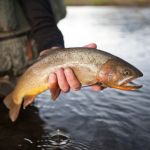 GRANTS FROM CHERISH WISCONSIN OUTDOORS FUND WILL HELP IMPROVE PUBLIC LANDS (January 6, 2023) This year, funds will support habitat restoration projects at the Cranberry Creek Mound Group State Natural Area and Pierce County Islands Wildlife Area. The Cherish Wisconsin Outdoors Fund is built through donations made when purchasing a hunting or fishing license. (Joint Press Release with WDNR) Read more
GRANTS FROM CHERISH WISCONSIN OUTDOORS FUND WILL HELP IMPROVE PUBLIC LANDS (January 6, 2023) This year, funds will support habitat restoration projects at the Cranberry Creek Mound Group State Natural Area and Pierce County Islands Wildlife Area. The Cherish Wisconsin Outdoors Fund is built through donations made when purchasing a hunting or fishing license. (Joint Press Release with WDNR) Read more
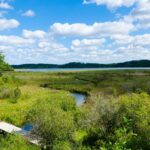 GRANTS FROM CHERISH WISCONSIN OUTDOORS FUND WILL HELP IMPROVE PUBLIC LANDS IN BAYFIELD AND WALWORTH COUNTIES (January 14, 2022)
GRANTS FROM CHERISH WISCONSIN OUTDOORS FUND WILL HELP IMPROVE PUBLIC LANDS IN BAYFIELD AND WALWORTH COUNTIES (January 14, 2022)
The Cherish Wisconsin Outdoors Fund, a permanent endowment benefiting Wisconsin’s public lands, will make its third disbursement for the White River Fishery Area in Bayfield County and Lulu Lake State Natural Area in Walworth County. The two selected projects for this year represent high-priority habitat restoration work from across the state. Read more
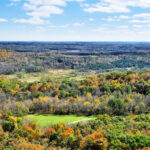 CHERISH WISCONSIN OUTDOORS FUND REACHES $1 MILLION (December 3, 2020)
CHERISH WISCONSIN OUTDOORS FUND REACHES $1 MILLION (December 3, 2020)
The Wisconsin Department of Natural Resources (DNR) reached a major milestone of a $1 million endowment fund that provides permanent funding for habitat management projects on land owned or managed by the agency. Read more
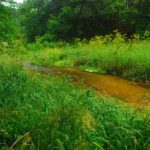 CHERISH WISCONSIN DELIVERS A WIN-WIN FOR HUNTERS, ANGLERS, AND WILDLIFE WATCHERS IN CENTRAL WISCONSIN (September 25, 2019)
CHERISH WISCONSIN DELIVERS A WIN-WIN FOR HUNTERS, ANGLERS, AND WILDLIFE WATCHERS IN CENTRAL WISCONSIN (September 25, 2019)
The Cherish Wisconsin Outdoors Fund, a permanent endowment that supports Wisconsin’s public lands, will make its second disbursement, awarding funds to care for public lands at Lawrence Creek Fish and Wildlife Area in Adams County. The Cherish Fund is built primarily through small donations made when patrons purchase a hunting or fishing license. Read more
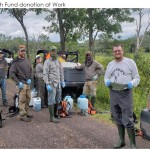 HUNTERS BUYING THEIR LICENSES CAN MAKE A SMALL DONATION TO BOOST WILDLIFE HABITAT WORK (November 6, 2018)
HUNTERS BUYING THEIR LICENSES CAN MAKE A SMALL DONATION TO BOOST WILDLIFE HABITAT WORK (November 6, 2018)
Hunters buying their gun-deer licenses in coming weeks have the opportunity to make a small donation to help improve wildlife habitat on state lands. Before check out on the Go Wild licensing system, on-screen prompts ask license buyers if they want to make a small donation to the Cherish Wisconsin Outdoor Fund.
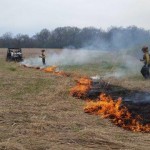 WISCONSIN’S PUBLIC LANDS GET PERMANENT FUNDING SOURCE FROM CHERISH WISCONSIN OUTDOORS FUND (September 27, 2017)
WISCONSIN’S PUBLIC LANDS GET PERMANENT FUNDING SOURCE FROM CHERISH WISCONSIN OUTDOORS FUND (September 27, 2017)
$50,000 will be invested in Walworth and Dunn counties thanks to a successful public-private partnership between WDNR and the Natural Resources Foundation of Wisconsin. The Cherish Wisconsin Outdoors Fund, a permanent endowment funded through small donations made when patrons purchase a hunting or fishing license or reserve a campsite, will make its first disbursement to care for public lands at Bluff Creek and Clover Valley Fen State Natural Areas and the Tyrone Tract of the Lower Chippewa River State Natural Area. Read more
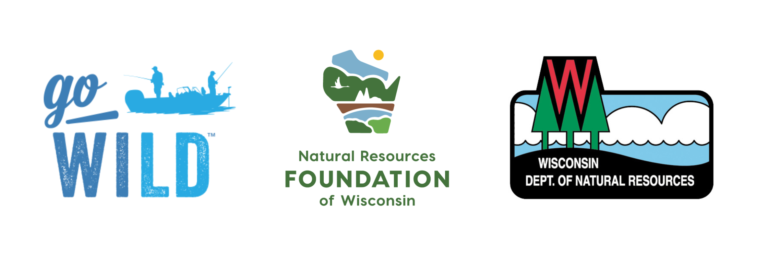
How to give
Give now, enjoy forever. Supporting Wisconsin’s public lands is easy!
Three easy ways to support your public lands:
- Go WILD: Add on a donation at checkout when you buy your annual hunting and fishing licenses through the DNR’s Go Wild system
- Donate online: Give directly to the Cherish Wisconsin Outdoors Fund in any amount that is meaningful to you.
- Donate by mail: Send a check to the address below, noting “Cherish Fund” in the memo line.
Natural Resources Foundation of Wisconsin
211 S. Paterson St. Suite 100
Madison, WI 53703
Build your legacy: include the Cherish Wisconsin Outdoors Fund in your estate plans to ensure the future for Wisconsin’s public lands for generations to come. Learn more at planned giving.
Make a non-cash gift of securities: Gifts of stock can be made to support our work protecting Wisconsin’s lands, waters, and wildlife. Benefits of gifting appreciated securities may include an immediate charitable deduction for the full market value of the stock, and avoidance of capital gain taxes that would normally be due upon sale (please consult with your tax adviser). For additional information, review our gift acceptance policy. Make a gift of stock.
Make a tax-free gift from your IRA: If you are 70 ½ or older and own an IRA, you can give up to $100,000 per calendar year directly from your IRA and count your gift towards your annual required minimum distribution. Your distribution is not recognized as income on your federal income tax return. Your gift must be complete on or before December 31 of the calendar year in which you choose to utilize the IRA Charitable Rollover gift vehicle for tax purposes. You can make your gift by check, wire, or securities transfer. Please note that IRA distributions cannot be made to a Donor Advised Fund. Learn more here.
Consider this: Over 700,000 people buy a hunting or fishing license each year. If every person gave $2 just once, the Cherish Wisconsin Outdoors Fund would receive an influx of $1.4 million resulting in a potential disbursement of $70,000 to habitat management projects in a given year. What an amazing impact that would make!
The Cherish Wisconsin Outdoors Fund is held and managed by the Natural Resources Foundation of Wisconsin, an independent 501c3 nonprofit organization, with a Tax ID 39-1572034. Your donations to Cherish are tax-deductible to the fullest extent allowable by law.
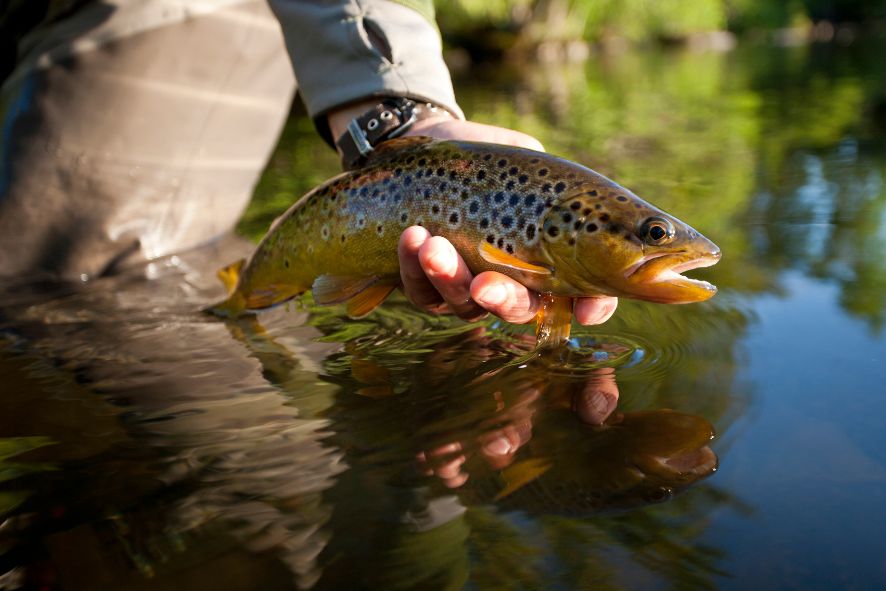
Hunters and anglers, like the person holding this freshly-caught trout, can make a donation to the Cherish Wisconsin Outdoors Fund while purchasing their licenses on the Wisconsin DNR’s Go WILD online system. Photo by Bob Gross
Contact us
The Cherish Wisconsin Outdoors Fund is managed by the Natural Resources Foundation of Wisconsin, in partnership with the Wisconsin Department of Natural Resources. We welcome inquiries from individuals, businesses, government officials, conservation partners, and others who would like more information about the Cherish Wisconsin Outdoors Fund.
Please contact:
Cherish Wisconsin Outdoors Fund
211 S. Paterson St. Suite 100
Madison, WI 53703
Phone: +1 608 409 3122
Toll Free: +1 866 734 1485
Info@wisconservation.org
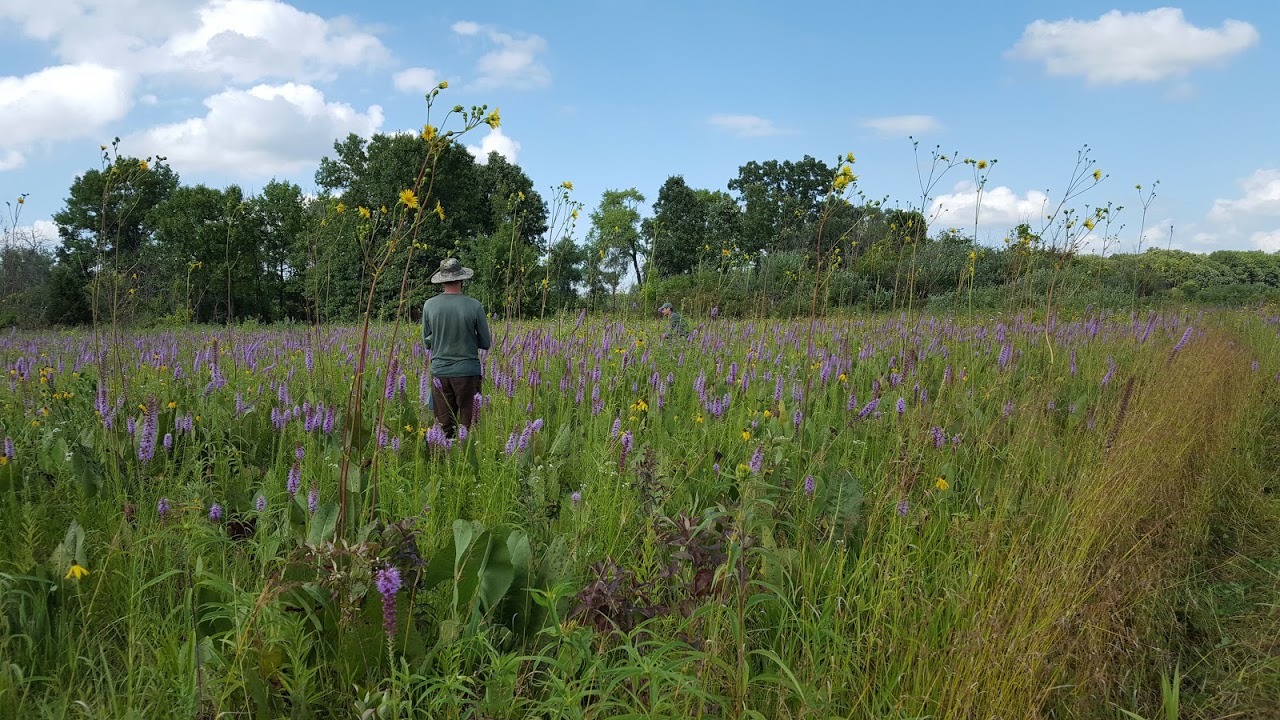
Bluff Creek State Natural Area restoration work was funded by the first distribution from the Cherish Wisconsin Outdoors Fund in 2017. Photo by Bridget Rathman
Special thanks to our stakeholder group who selected this year’s Cherish Fund projects:
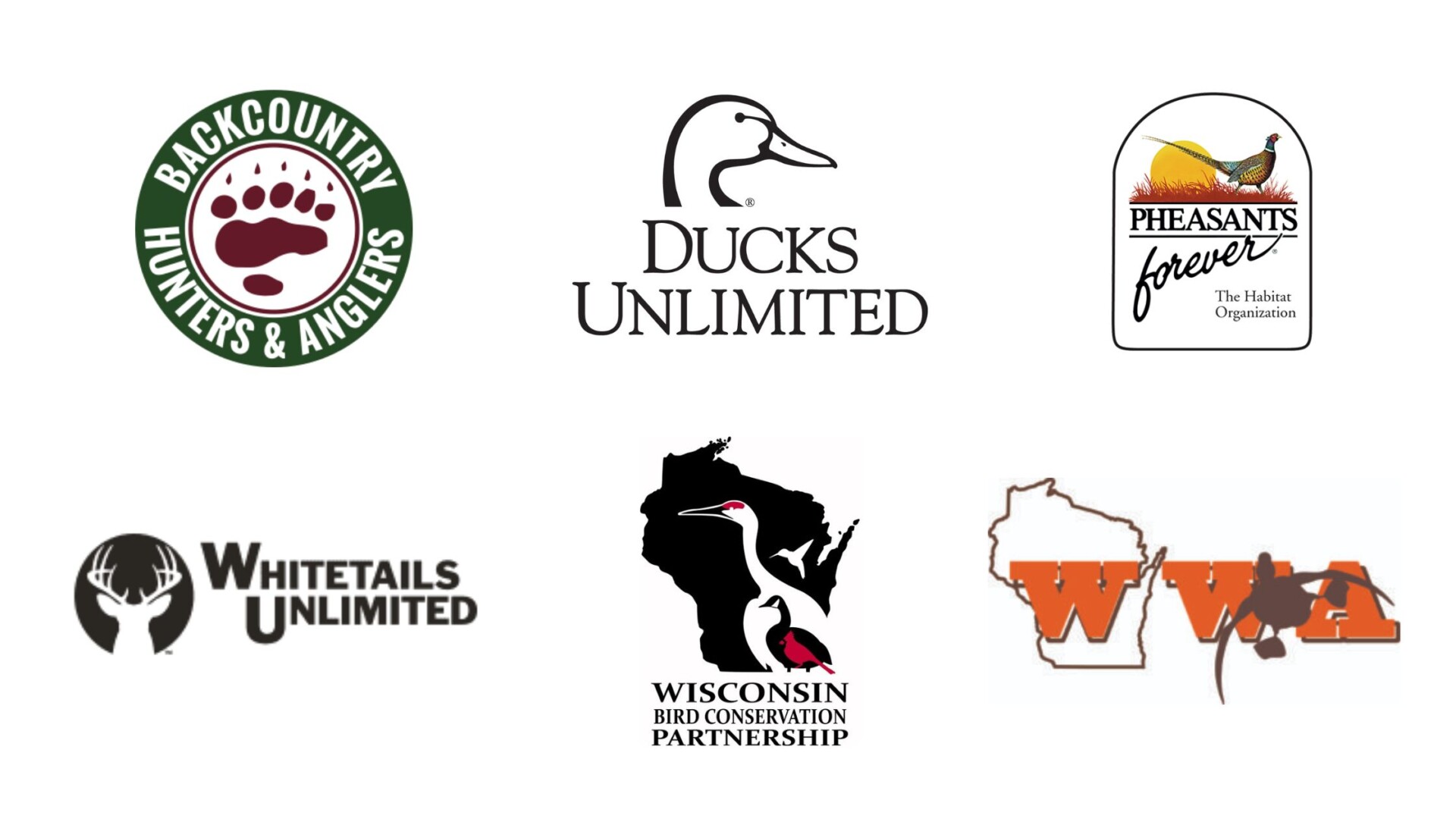

Marta Weldon, CFRE
Director of Philanthropy
(608) 409-3112
Marta.Weldon@WisConservation.org
Marta Weldon (she/her) connects people with meaningful opportunities to help conserve, protect, and share the beauty of Wisconsin's natural resources.
Banner photo by Joshua Mayer.

